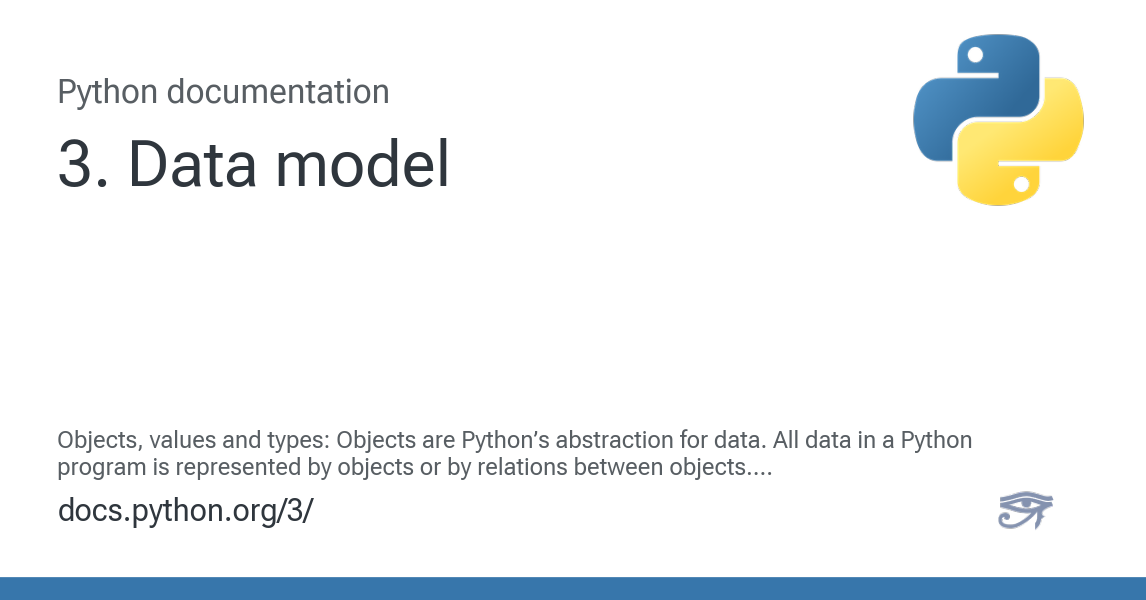Re: Official definition of call-by-value (Re: Finding the instancereferen ce...)
On 2008-11-12, Steve Holden <steve@holdenwe b.comwrote:
I stopped paying much attention to this thread a while ago, but
you've got to admire the persistence of somebody who soldiers
on even though Aahz, Fredrik Lund, and Steve Holden are all on
the other side of the argument...
--
Grant Edwards grante Yow! Look DEEP into the
at OPENINGS!! Do you see any
visi.com ELVES or EDSELS ... or a
HIGHBALL?? ...
On 2008-11-12, Steve Holden <steve@holdenwe b.comwrote:
greg wrote:
you've got to admire the persistence of somebody who soldiers
on even though Aahz, Fredrik Lund, and Steve Holden are all on
the other side of the argument...
--
Grant Edwards grante Yow! Look DEEP into the
at OPENINGS!! Do you see any
visi.com ELVES or EDSELS ... or a
HIGHBALL?? ...


Comment